Did you know that the sun can damage your skin, no matter what your skin tone is? Skin phototype is the scientific term for describing how different skin tones respond to UV radiation. In this blog post, we will talk about how the sun affects different skin tones, and what you can do to protect your skin from the sun's rays. And, be sure to buy the best sun care products from BBE along the way.
Sun Damage And Your Skin Tone

Photo by Laura D Vargas on Unsplash
On Freckles
Freckles are one of the most common symptoms of sun damage, and they can occur on any skin tone. When your skin is exposed to UV radiation, the melanocytes in your skin produce more melanin, which gives your skin its darker color. But sometimes, these melanocytes can cluster together and form freckles. You can read more in our blog post here.
But did you know that different skin tones burn at different levels of sun exposure? And that the relationship between pigmentation and burning is not always linear? In other words, just because someone has a darker skin color does not mean they won't burn in the sun.

On The Fitzpatrick Scale
According to the International Journal of Molecular Science, the Fitzpatrick scale includes six classifications including:
- Type 1. This skin type always burns and never tans. People with this skin type have very white skin and freckles, blue/green eyes usually, and are of Northern European/British ancestry.
- Type 2. This skin type burns easily, peels, and tans minimally. People with this skin type have white skin, blue, hazel or brown eyes, brown, blond or red hair, and is likely of European/Scandinavian decent.
- Type 3. This skin type burns moderately and has average tanning ability. People with this skin type are fair skinned or have beige skin, brown eyes, dark hair, and they are likely of Southern or Central European decent.
- Type 4. This skin type burns minimally and tans easily. People with this skin type have light brown to brown skin, dark eyes, dark hair, and are likely of Mediterranean, Asian or Latino ancestry.
- Type 5. This skin type rarely burns, but tans easily and substantially. People with this skin type have darker brown skin, dark eyes, dark hair, and are likely of East Indian, Native American, Latino or African decent.
- Type 6. This skin type almost never burns, and tans readily and profusely. The individual's unexposed skin is black, with dark eyes, dark hair and are likely of African or Aboriginal ancestry.
The first few skin types are the most susceptible to sunburn. And then, typically, the darker the complexion, the lower your risk of sunburn becomes. But, you should still be cautious, as sunburn and uv damage is still possible in the other skin types as well.
At which levels of sun exposure do different skin tones burn?
Fitzpatrick's dermatology also reports the minimal erythematous dose (MED) which is a method of reporting the amount of UV rays needed to cause a sunburn on surface of the skin.
- Type 1. 15–30 MED
- Type 2. 25-40 MED
- Type 3. 30-50 MED
- Type 4. 40-60 MED
- Type 5. 60-90 MED
- Type 6. 90-150 MED
Does the higher SPF really protect better?
Nope. James M. Spencer, MD, a Florida dermatologist interviewed by WebMD, discussed how those with SPF higher than 30 only block few more UVB rays. So, they don't really have more of a sun protection factor. What matters more is your frequency of reapplication—especially if you're sweating or swimming.

The Mineral Sunscreen Difference
At BBE, we offer a variety of mineral-based sunscreens that are perfect for all skin types. Mineral-based sunscreens usually contain zinc oxide or titanium dioxide. They work by physically blocking and reflecting UV rays away from the surface of your skin. And, they don't usually cause skin irritation like chemical sunscreens can. Our broad spectrum sunscreen, in particular, contains clear non-nano zinc oxide in order to avoid that pesky white cast while protecting your from uv exposure.
Should people with darker skin tones wear sunscreen? Why?
As indicated by the Fitzpatrick Scale, everyone is at risk for sun damage whether or not you get sunburns. In fact, there may be more risk associated with darker skinned people. A study by the The Asian Pacific Journal of Cancer Prevention stated:
"Though people of color (POC) are less likely to become afflicted with skin cancer, they are much more likely to die from it due to delay in detection or presentation. Very often, skin cancer is diagnosed at a more advanced stage in POC, making treatment difficult."
So, it's important for everyone to lather up in order to stray away from sun damaged skin. (And reapply.) You can also lean into skin cancer prevention by wearing protective clothing and avoiding too much sun exposure.

Ways Skin Sun Damage May Appear
- Red, painful sunburns
- Skin that is itchy or peeling
- Skin that is hot to the touch
- Blistering of the skin
- Skin that looks leathery
-Dark spots, liver spots, age spots, or hyperpigmentation
- Skin that is dry or patchy
- Skin cancer
- Crow's feet and fine wrinkles around the eyes, mouth, and neck**
**Dealing with premature skin aging due to the sun's harmful effects? Invest in an effective anti-aging regime. We're currently loving our YouthRestoration bakuchiol line. It has all the oomph of retinol, but without the unfortunate side effects. Not only does it help with premature aging, it also can improve uneven skin tone + skin texture.
Products We Recommend For Everyday
Adding that sunscreen step into your routine and sticking with it throughout the day can seem like a hassle. But, your skin is going to thank you in the long run. And all is not lost, because there are some easier products available to you.
Sunscreen Spray
Sunscreen spray makes it so much easier to apply sunscreens—especially if you're doing a once over before heading out for the day. Beauty By Earth offers 4 scents in order to give you a more natural variety than that typical sunscreen smell. You'll find it easily fits into your regular skin care routine.

Sunscreen Sticks
The mineral sunscreen sticks are our fav for on-the-go. They're pretty easy to put in your purse for reapplication throughout the day. And, as we know, prolonged exposure can still arise even if you've done an initial application for the day. So, in case of sunlight, stick with it!
So, there you have it! A little sunscreen 101 to help you understand the importance of this oft-neglected step and some of our favorite products to make it easier for you.
Do you have any questions about sunscreen or sun damage? Were you aware of skin phototypes already? Let us know in the comments so we can continue the conversation! And, don't forget to share this post with a friend who might need a little reminder about the power of sunscreen.
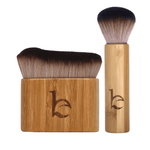
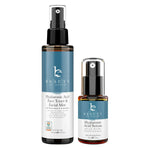






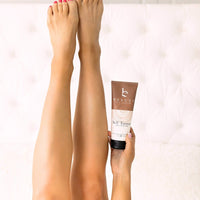








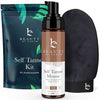

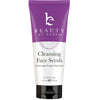


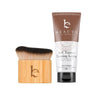









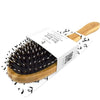
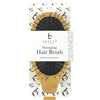
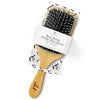

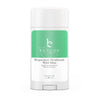



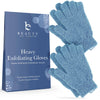
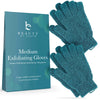
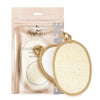
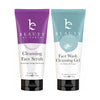










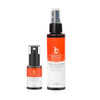




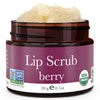
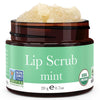
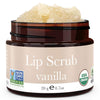





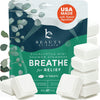
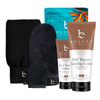
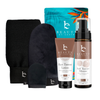













join the conversation